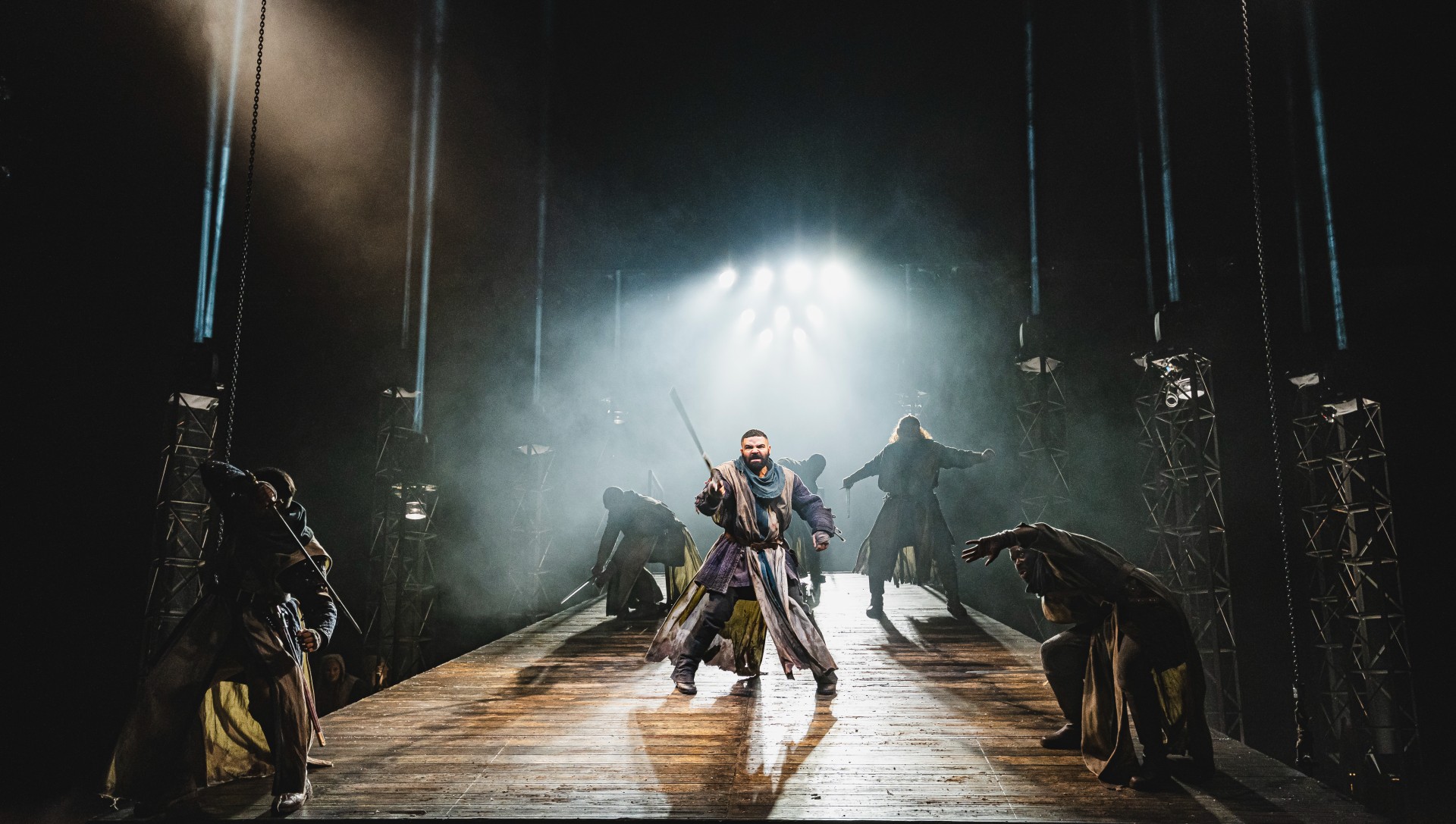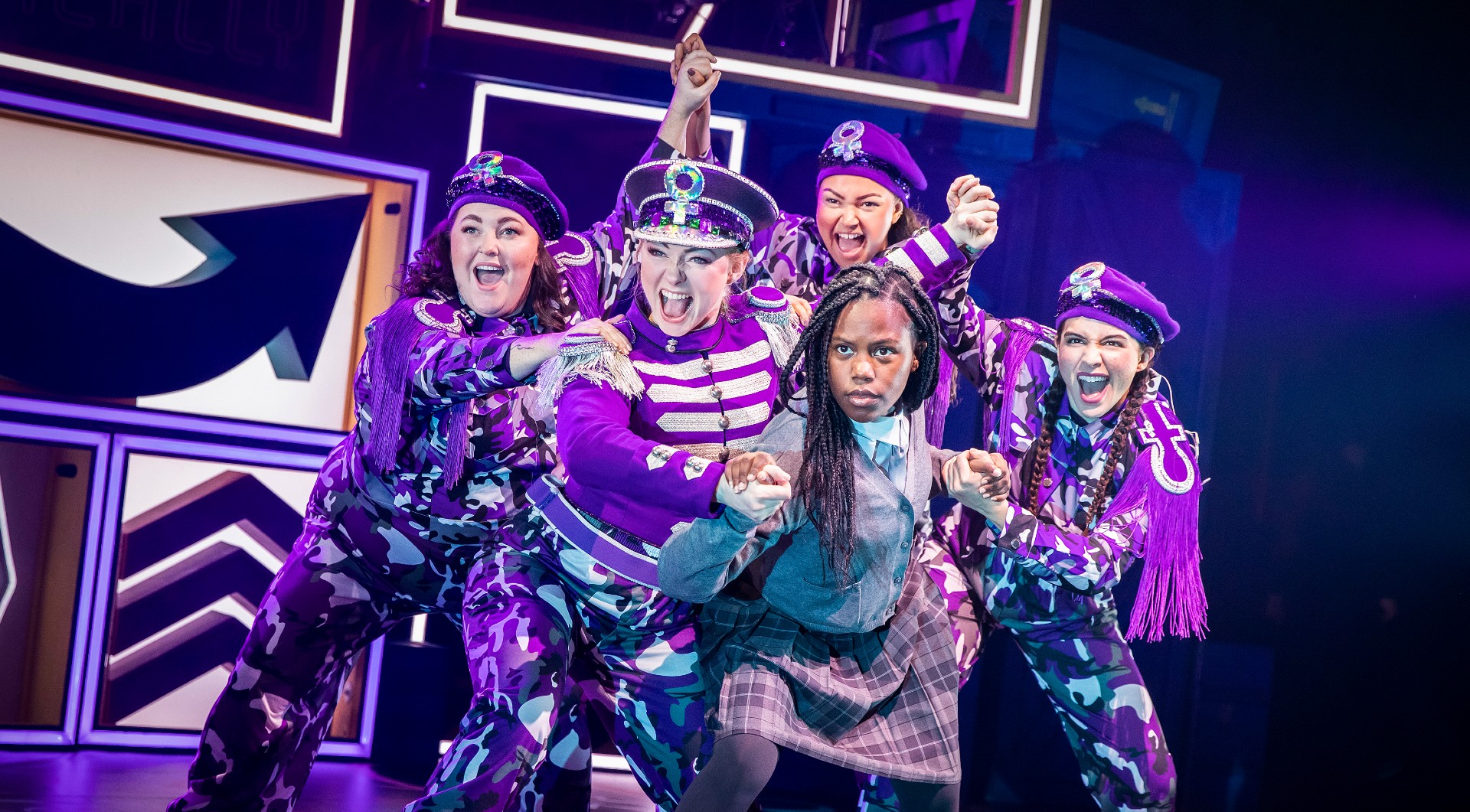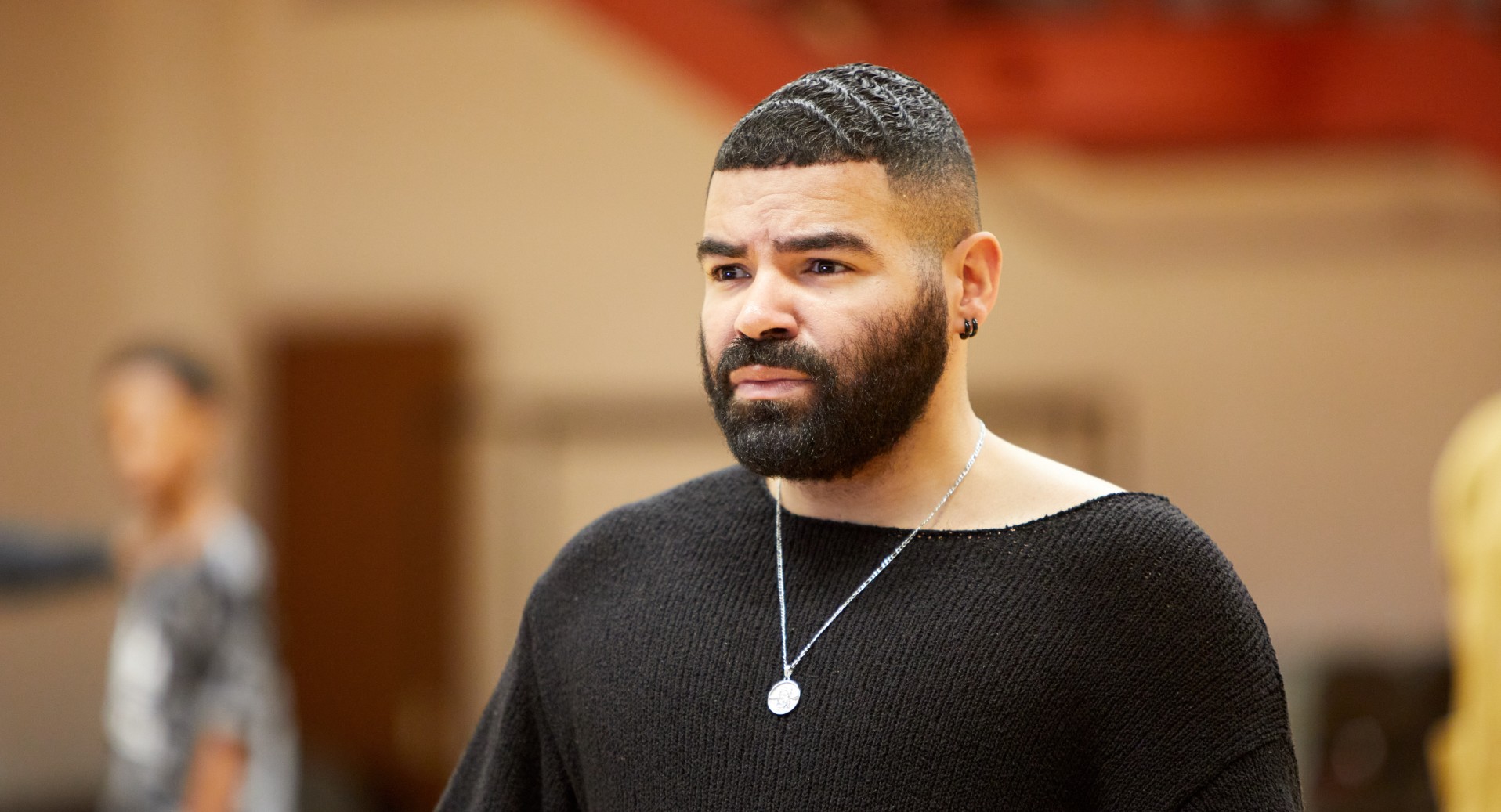Of the two of us, my mother was more excited about seeing this production, and as I’ve been positively surprised recently by some of the shows I’ve seen that I wouldn’t normally choose, especially the hilarious and energetic ‘Dirty Dancing’, I thought I’d take mum and keep an open mind.

I watched the film version of ‘The King and I’ when I was a child and remembered little from it, other than the song ‘Getting to Know You’ and being somewhat unnerved by the unfamiliar traditional Siamese dancing and alarming costumes. However, a Rogers and Hammerstein production is always entertaining, if a little dated, so I was more than willing to see how the adult me would respond to this version.
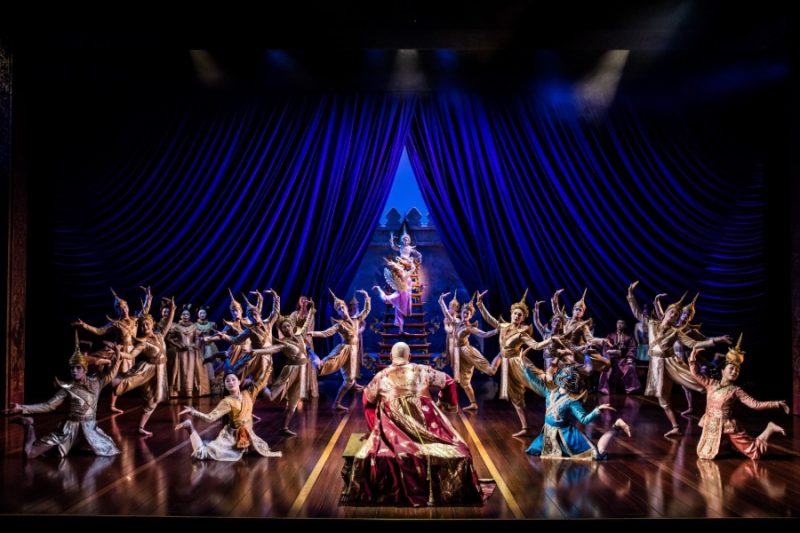
For a lavish production by New York’s Lincoln Center Theater, 500 books of gold leaf were used for the front cloth, over 2500 metres of fabric for the costumes and 22000 flowers on the flower hangers, each made by hand! This was a production on an epic scale with no expense spared and visually, it was worth it! The set design by Michael Yeargan is probably the most impressive, intricate and clever use of space and set that I’ve ever seen, really capturing the magnificence of the Siamese Palace.
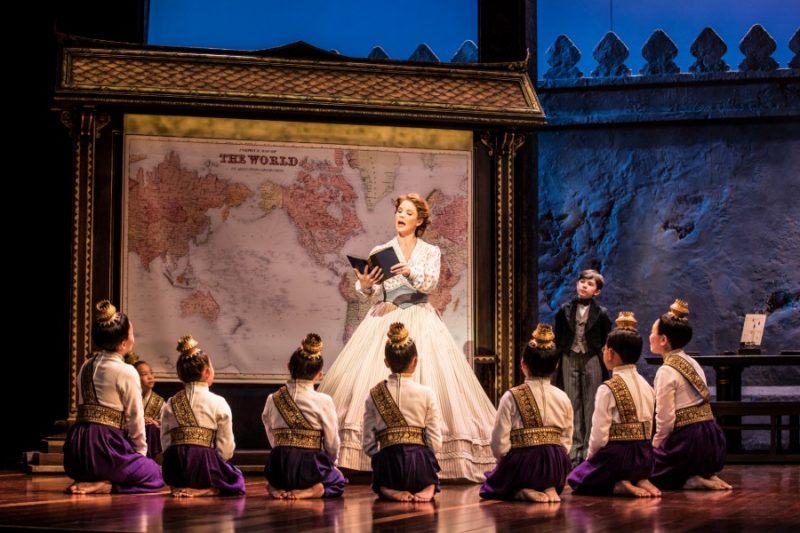
Although written in the 1950’s ‘The King and I’ is set in the 1860’s in Siam, now known as Thailand. It is loosely based on the true story of Anna Leonowens, a Welsh governess who travelled to Bangkok to look after the children of the complex and stubborn King of Siam. Based in a time of imperialism and industrialisation, the King is torn between keeping his country’s cultural identity, being respected by the outside world and maintaining Siam’s independence from French Forces and the British East India Company.
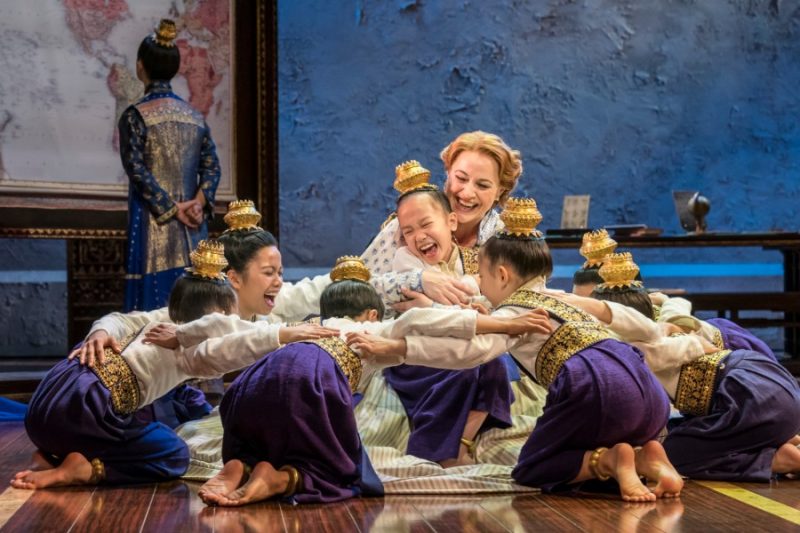
Anna ‘s devoutly British values immediately clash with the King’s traditional values, especially regarding the treatment of his wives and women in general. Indeed, I was quite impressed with just how forward Anna’s views on women are, not just for the 1860’s but even for the 1950’s, when it was written.
Parallel to this political dilemma run several more intimate stories. Most striking is the tragic love affair between Tuptim, a ‘gift’ from neighbouring Buhma, and Lun Tha, the young man who brought her to the palace. Tuptim links her position to slavery in America, a very contemporary topic in the 1860’s as the America Civil war fights on. In the Second Act of the play, she produces a Siamese play to entertain the British Dignitary, based on the story of ‘Uncle Tom’s Cabin’, a book by Harriet Beecher Stowe surrounding slavery in America. Not only does the King find the fact that it was written by a woman abhorrent, he also rebukes the concept of a slave disobeying their master, despite his earlier claim that he was against slavery. Within his cultural and ethical confusion he fails to see the message that Tuptim is presenting about her own situation.
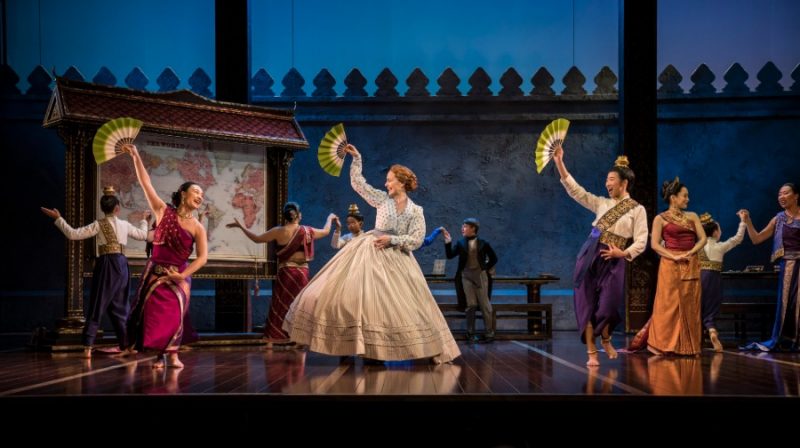
I was surprised at how a production set in the 1860’s and written in the 1950’s could still have many correlations with our society today. The inequality of women, though improving in Western Cultures, still stands firm and many countries are still facing a cultural erosion, being diluted by influences from the West. Something grated inside me, though, when Anna decided to dress the King’s wives in western dresses in order to show the British Ambassador they weren’t savages. If anything, the show actually highlighted the attitude of the British, despite their (comparatively) more liberal views on women.
The production itself has been running since 2015 and has the slickness and quality expected from a production running for this long and with such an impressive budget. The orchestra was phenomenal, especially the brass section in Tuptim’s play in the Second Act. It’s a delight to witness a show with a full orchestra, the acoustics at the Grand being designed for it. Too few shows now use live instruments owing to costs but it really does make a difference to the overall sound quality.
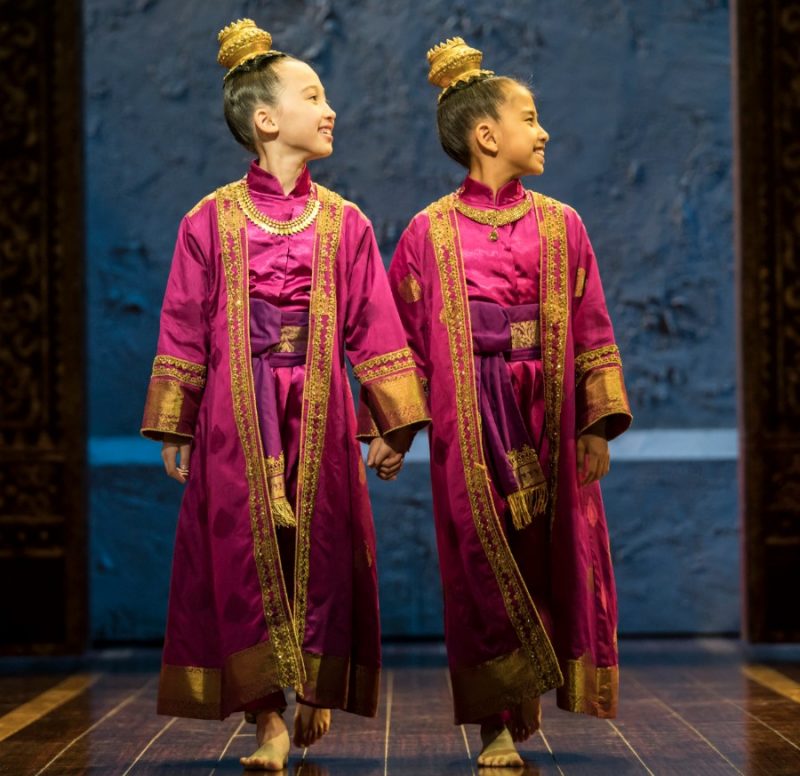
Next was the singing, and what singing it was! I don’t think I’ve ever heard such stunning, consistently flawless voices in a show before. Paulina Yeung, who played Tuptim, had a soprano voice which seemed to deliver utterly effortlessly, carrying gracefully around the whole theatre with a soft vibrato that highlighted her innocence: ‘My Lord and Master’ brought goosebumps, it was so hauntingly beautiful. All of the men had incredible voices too, with such a rich sound they were delightful to listen too, especially Ethan Le Phong, whose performance of Lun Tha created a perfect balance with his lover Tuptim. Annalene Beechley’s performance of Anna was again faultless, bringing energy, passion, humour and of course a powerful, lyrical singing voice to the stage. Her performance of ‘Shall I Tell You What I Think of You’ was a highlight, a much needed, fast-paced and aggressive song, showing brilliant comedy timing.
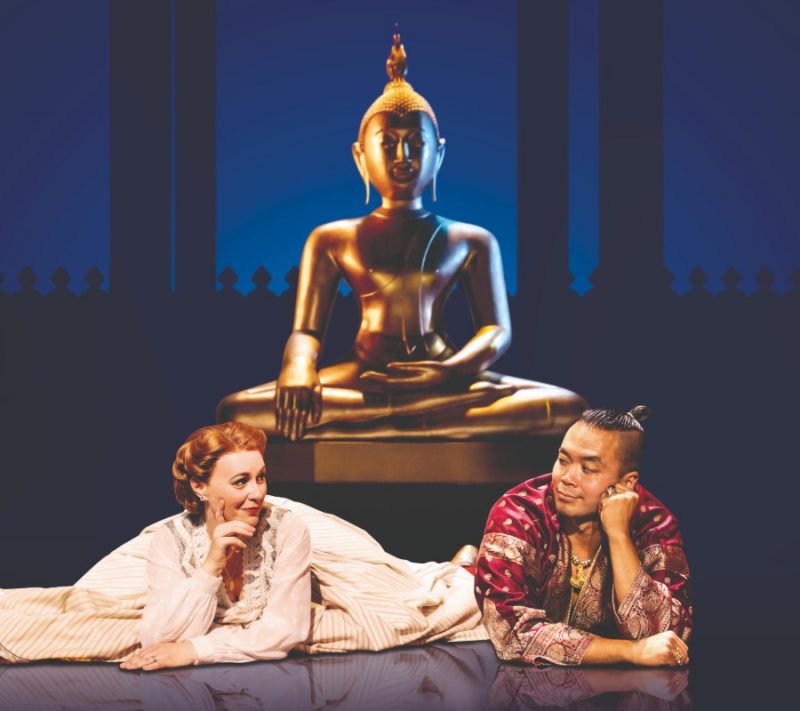
Without a doubt this production has everything needed to succeed, although I would have preferred more fast paced numbers and a more interesting storyline. However, this is all down to the original script and score. I simply cannot fault the production for what it has done: it is beautiful, elegant and exceptionally professional. For me, there were a few too many long and unremarkable arias, not enough dancing and movement, and a simplistic story.
Tuptim’s play was one of the most remarkable moments of theatre I’ve seen, with a feast of incredible and culturally unfamiliar dancing and singing. No longer was it unnerving as when I was a child, but stunningly impressive and enchanting. If you like the original film version then you absolutely must see this show – and take your mother to see it! It’s definitely a show of a different time, and I doubt that this musical, produced to this high a quality, will be performed again for a very long time. It needs a very large budget, and it could be argued that others of its era, such as Oklahoma and South Pacific, naturally inject more fun and incur less production cost. So – if you have the chance, then take it now. The show runs until 9 November.
Photographs by Matthew Murphy.

